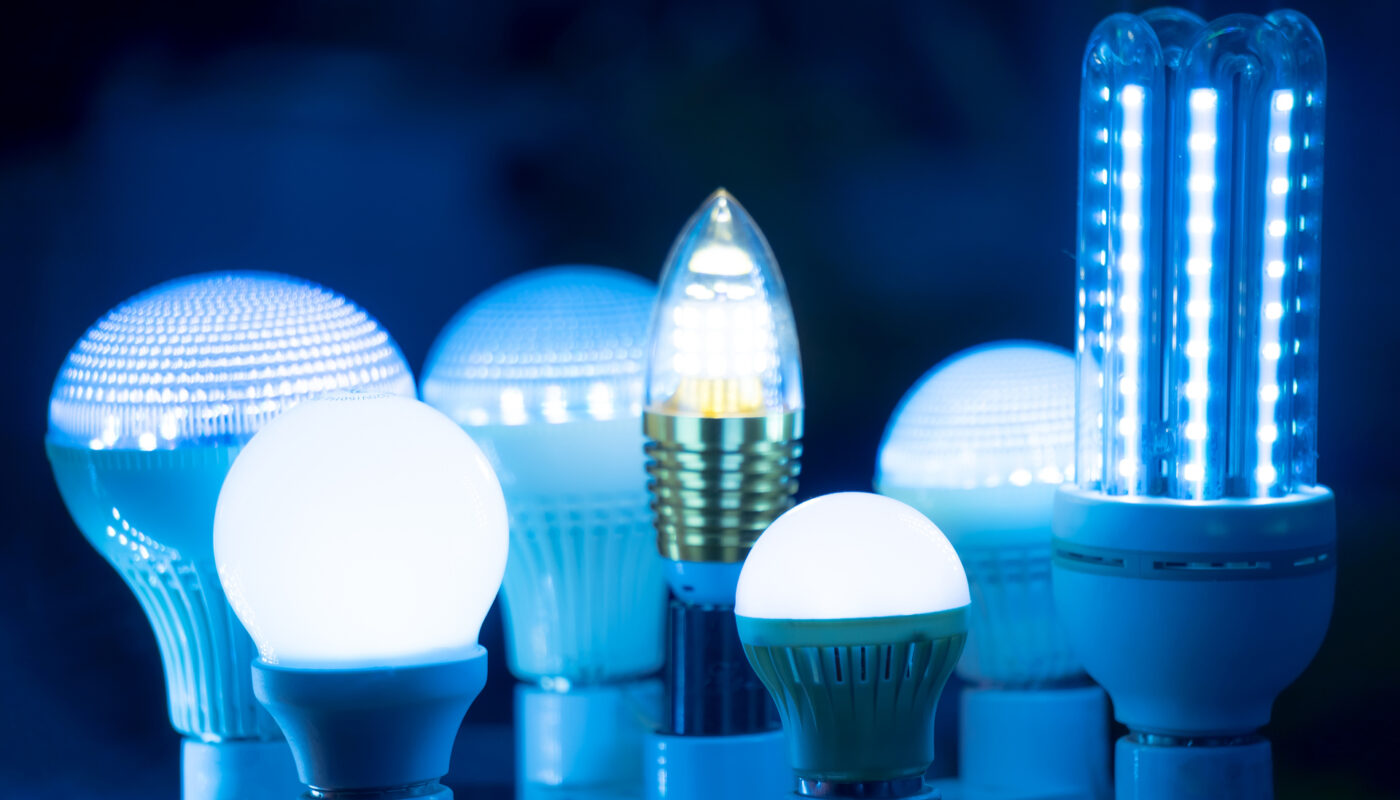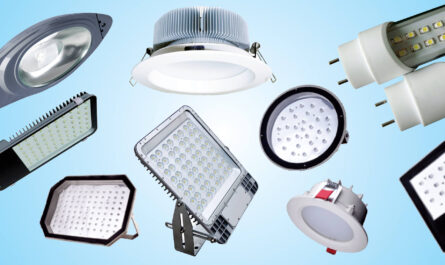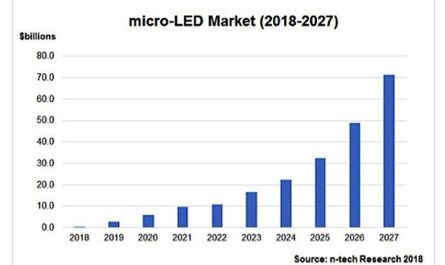LED lighting has seen tremendous growth in popularity over the past decade and has established itself as a feasible alternative to traditional incandescent and fluorescent lighting options. With improved technology and falling prices, LED lights are becoming the lighting of choice for both residential and commercial applications. This article explores the various advantages of LED lighting and why it is emerging as the lighting standard of the future.
Energy Efficiency
One of the biggest selling points of LED lights is their high energy efficiency. LED bulbs use up to 90% less energy than traditional incandescent bulbs to produce the same amount of light output. When compared to compact fluorescent bulbs (CFLs), LED lights use about 25% less energy. This translates to significant savings on electricity bills over the lifespan of LED lights. LED lights last up to 25 times longer than incandescent bulbs, reducing replacement and maintenance costs. With less energy consumed, LED lights also help reduce overall carbon footprint. Their energy efficiency qualifies them for various utility rebate programs and tax credits as well.
Long Lifespan
The lifespan of LED Lights is much longer than other lighting options – around 25,000 to 50,000 hours compared to 1,000-2,000 hours for incandescent bulbs and 10,000 hours for CFL bulbs. This means LED lights will last 15-25 years or more before needing replacement depending on usage. Their longevity significantly reduces lighting maintenance and replacement costs over time. Home and business owners need to change burned out bulbs much less frequently with LED lights, saving both time and money. The near-permanent lifespan of LED lights also reduces waste from disposed lights ending up in landfills.
Dimmability and Flexibility
LED lights can be dimmed without compromising their lifespan, unlike incandescent bulbs whose filaments degrade more rapidly when dimmed. Their longevity remains the same whether the light is used at full brightness or lower settings. LED lights are also available in different lightcolors ranging from warm/soft white to cool/daylight tones. Their light output is also adjustable to suit different visual tasks and aesthetic preferences. Advanced drivers further provide options for adjustments via remote controls and smartphone apps. This flexibility expands the application of LED lighting beyond basic illumination needs.
Durability
LED lights tolerate vibration and impacts better than traditional lighting thanks to their solid state, making them suitable for usage in tough environments and conditions. They are less prone to breakage from falls or bumps. Their sealed construction also makes LED lights resistant to moisture, ensuring reliable operation even in humid conditions. They are ideal for places with harsh operating conditions like outdoors, factories, and warehouses. LED lighting holds up reliably in hot or cold temperatures and extreme weather without performance degradation – an advantage over other lighting technologies.
Cool Operation
Unlike incandescent bulbs that emit large amounts of heat, LED lights operate very cool to the touch. Around 90% of the energy they consume is emitted as usable light rather than lost as heat. This makes them safer to operate and less prone to fire hazards even when installed in enclosed fixtures. The cool operation of LED lights also means less heat loading on HVAC systems, reducing energy bills further. Their lack of infrared radiation enables use near heat-sensitive materials as well. With these advantages, LED lights can be safely and efficiently deployed in a variety of residential and commercial settings.
Positive Impact on Health and Well-being
The type of light emitted by different lighting technologies impacts health, alertness and well-being. LED lights’ spectral composition is closer to natural daylight, offering superior color rendering compared to yellow-tinged incandescent bulbs. Their higher CRI (Color Rendering Index) score means colors appear more natural and vivid under LED illumination as compared to other lights. This positive influence on visual environments promotes alertness, learning and overall wellness indoors where we spend a significant amount of time. Studies have also found full-spectrum LED lighting can aid better sleep due to synchronization with the body’s natural circadian rhythms compared to blue-rich LED or standard lighting.
Growing Adoption
With their advantages of energy efficiency, longevity, flexible options, better light quality and positive health impact, LED lighting has gained significant adoption over the past decade. LEDs currently dominate in traffic signals, street lights, and commercial/industrial applications where high lighting levels and low maintenance overhead are priorities. Sales of omnidirectional and directional bulbs for home use are also growing rapidly as prices steadily decline. Retrofit LED tubes provide a convenient upgrade path for aging fluorescent fixtures as well. As technology continually advances LED performance while driving down costs further, this efficient light source will likely become the dominant household and commercial lighting standard worldwide in the coming years. With commitments to energy efficiency and sustainability goals, LEDs represent the future of illumination.
In summary, LED lighting has established itself as a highly viable alternative to legacy lighting choices through its energy savings, long operational lifespan, dimmability, flexibility, durability in tough environments, cool operation and better light quality aiding health and wellness. As concerns over energy use, costs and environmental impact increase, the excellent credentials of LED technology will continue propelling its broader adoption moving forward to light both residential and commercial spaces more sustainably. With ongoing improvements ahead, LED lights are undoubtedly the future of illumination. Their superior attributes make a powerful case for widespread upgrade to this highly efficient light source.



